Table of Contents
Introduction
In our rapidly changing technological landscape, web development stands as a field that never stops moving. Every day brings forth fresh tools and technologies, all with the purpose of simplifying the lives of web developers, making their work smoother and more efficient. This article serves as a guide to explore the future of web development tools, uncovering the innovations that promise to revolutionize your development journey. By embracing these innovations, you can maintain your competitiveness in this ever-evolving field.
Web development has come a long way, and it’s showing no signs of slowing down. The digital world is a dynamic place, and keeping up can be a challenge. However, these new tools and trends are not here to add more complexity; they are here to simplify your work and empower you to create amazing online experiences.

So, whether you’re a seasoned developer or just stepping into the world of web development, this article is your compass to navigate the exciting future ahead. We’ll explore how artificial intelligence, low-code platforms, Progressive Web Apps, Voice User Interfaces, blockchain, and WebAssembly are transforming the industry. Each innovation is a stepping stone to a more efficient and competitive future, where your web development projects can shine.
So, let’s embark on this journey together, unveiling the possibilities and preparing ourselves for the remarkable transformations that lie ahead in the world of web development.
The Current Web Development Scenario
As we embark on our journey into the future of web development, it’s crucial to first understand the landscape as it stands today. The current state of web development is a dynamic one, marked by constant evolution and innovation.
Web development, in essence, is the art and science of building websites and web applications that are functional, user-friendly, and visually appealing. In recent years, we’ve witnessed a remarkable transformation in this field. Websites and web applications have grown increasingly sophisticated and feature-rich.
This rapid progression has introduced both excitement and challenges for web developers. On the one hand, it’s an exhilarating time to be in web development, with endless possibilities and creative opportunities. On the other hand, staying at the forefront of this field requires a commitment to continuous learning and adaptation.
Web developers today find themselves in a perpetual race to keep pace with the latest trends and technologies. The landscape is continually shifting, and what’s cutting-edge today may become obsolete tomorrow. This ever-changing nature of web development demands that developers remain agile and open to new ideas and approaches.

One of the notable challenges developers face is the complexity of modern websites and web applications. These digital platforms are no longer static pages but dynamic, interactive experiences. Accommodating this complexity often means investing a significant amount of time in tasks such as debugging, testing, and troubleshooting issues that can arise in the development process.
In this ever-evolving world of web development, the ability to adapt, learn, and innovate is paramount. As we delve deeper into this article, we’ll explore the innovations and technologies that are poised to simplify and enhance the web development process, ensuring that developers remain equipped to meet the demands of this dynamic field.
Artificial Intelligence-Powered Development
In the ever-evolving world of web development, one of the most thrilling advancements is the seamless integration of artificial intelligence (AI) into the development process. AI’s presence is like a beacon of innovation, illuminating the path forward for web developers.
Imagine having an AI-powered companion that assists you in crafting impeccable web solutions. These AI-driven tools possess the remarkable ability to meticulously scrutinize your code, identifying pesky bugs, and even suggesting enhancements. The result? A significant reduction in the time you spend on debugging and troubleshooting, freeing you to focus on the creative aspects of web development.
AI’s magic touch extends beyond just saving time. It also contributes to the development of cleaner and more efficient code. By analyzing code patterns and structures, AI can identify areas for optimization, ensuring that your web projects run smoothly and efficiently.

This isn’t just about making your life as a web developer easier—it’s about empowering you to reach new heights of excellence in your work. With AI as your ally, you can confidently tackle complex projects, knowing that you have a sophisticated assistant at your side, ready to enhance your coding prowess.
As AI continues to evolve and become more integrated into the world of web development, developers are finding themselves at the forefront of a technological revolution. Embracing AI in web development isn’t just a trend; it’s a transformative leap forward. It’s about leveraging the power of technology to create web experiences that are not only visually stunning but also impeccably functional.
So, as you navigate the ever-shifting terrain of web development, remember that AI is your trusty companion, ready to assist, enhance, and empower you in your quest to craft exceptional web solutions. The future of web development is brighter than ever, thanks to the harmonious marriage of human creativity and artificial intelligence.
Using AI for Code Generation
Picture this: a remarkable tool that can effortlessly craft code snippets tailored precisely to your project’s unique requirements. In the realm of web development, this dream is now a reality, thanks to the advent of AI-driven code generation. It’s a game-changer, propelling developers into a new era of efficiency and productivity.
The beauty of AI-powered code generation lies in its ability to accelerate the development process significantly. No more painstakingly typing out lines of code, trying to remember intricate syntax or scouring the internet for solutions. These intelligent tools are like code-writing wizards, simplifying the most complex aspects of web development.
What sets AI-driven code generation apart is its understanding of context. These tools don’t just churn out code blindly; they grasp the nuances of your project. They analyze the requirements, the structure, and the intricacies of your web application, ensuring that the generated code seamlessly integrates with your project.
This contextual awareness is akin to having a coding partner who comprehends your vision and effortlessly translates it into functional code. It’s about working smarter, not harder. By leveraging AI for code generation, developers can redirect their focus from repetitive coding tasks to the creative and problem-solving aspects of web development.

Web development, with AI as its ally, is no longer bound by the constraints of manual code writing. It’s about harnessing the power of technology to streamline the development journey, enabling developers to bring their ideas to life with greater speed and precision.
As we explore the future of web development, AI-driven code generation is a beacon of innovation, promising to redefine the way we approach coding. It’s a testament to the remarkable synergy between human ingenuity and artificial intelligence, and it paves the way for a more efficient and exciting web development landscape.
Low-Code and No-Code Platforms
In the exciting journey into the future of web development, there’s a transformative force that’s democratizing the world of coding—low-code and no-code platforms. These platforms are reshaping the landscape of web development, making it accessible to a broader audience, regardless of their coding expertise.
Web development no longer demands mastery of intricate coding languages. Low-code and no-code platforms offer a helping hand to individuals with limited coding experience, opening the doors to web application creation with unparalleled ease. These platforms are like a bridge that connects the dreamers and doers of the digital world.
At the heart of these platforms are intuitive visual interfaces and a treasure trove of pre-built components. The days of tediously crafting extensive lines of code are fading into the past. With a few clicks and drags, you can design, customize, and deploy functional web applications that meet your unique needs.
The power of low-code and no-code lies in their simplicity. They empower entrepreneurs, small business owners, and creative minds to turn their visions into reality without getting lost in the intricacies of coding syntax. It’s about reducing the learning curve and accelerating the development process.

These platforms are a testament to the evolving landscape of web development, where innovation is not confined to those fluent in programming languages. It’s an invitation for everyone to participate in shaping the digital world, regardless of their technical background.
As we embark on this journey of discovery, keep in mind that low-code and no-code platforms are not just tools; they are catalysts for change in web development. They empower you to bring your ideas to life, bridging the gap between your imagination and the online world. The future of web development is becoming more inclusive, more accessible, and more creative than ever before.
The Rise of No-Code AI Integration
The web development landscape is undergoing a remarkable transformation, and at its heart is the rising tide of no-code platforms. What’s even more exciting is that these platforms are no longer confined to crafting simple applications; they are advancing into the realm of artificial intelligence (AI). This marks a revolutionary shift, making it possible for users, regardless of their coding background, to seamlessly integrate machine learning models and data analytics into their web projects.
No-code AI integration is the bridge that connects the power of AI with the simplicity of no-code development. It’s akin to having an AI wizard in your toolbox, ready to assist you in harnessing the incredible potential of AI without requiring you to write a single line of code.
Imagine infusing your web projects with the magic of machine learning, where you can create smart applications that adapt and learn from user interactions. No longer is AI the exclusive domain of tech giants; it’s now at your fingertips, waiting to be woven into your web applications.
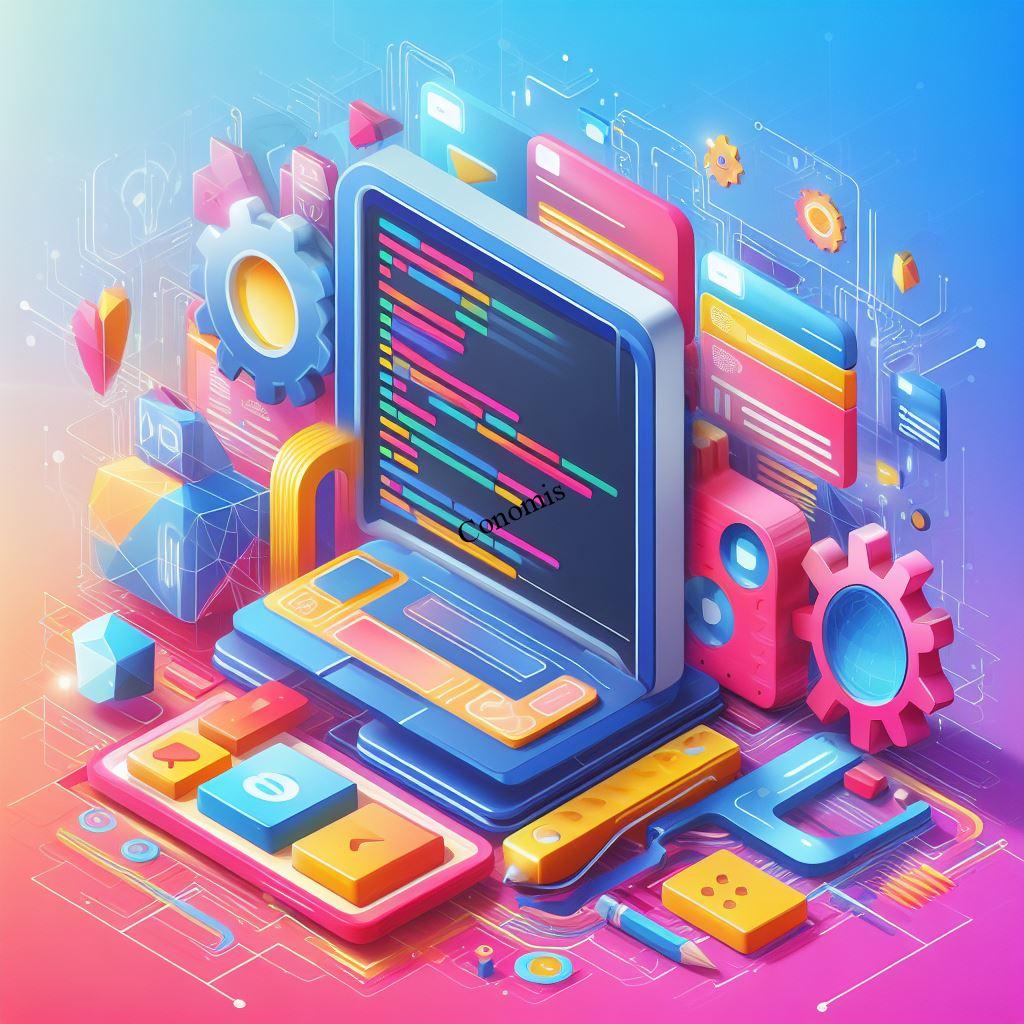
This integration is a game-changer, enabling businesses and individuals to leverage AI for predictive analytics, recommendation systems, natural language processing, and more. It’s about making data-driven decisions and enhancing user experiences, all without the complexities of traditional coding.
As we venture deeper into the world of web development, remember that the future isn’t just about innovation; it’s about democratization. No-code AI integration empowers you to bring the sophistication of AI to your web projects, regardless of your coding expertise. It’s an exciting step forward, where technology serves as a catalyst for creativity and problem-solving in the ever-evolving field of web development.
Progressive Web Apps (PWAs)
Progressive Web Apps, often referred to as PWAs, are becoming a hot topic in the realm of web development. They represent a game-changing approach to delivering an exceptional user experience. PWAs are like a fusion of the best features from two worlds: the high performance and capabilities of native mobile apps, combined with the convenience of being accessible through standard web browsers.
In essence, PWAs aim to offer users the best of both web and app experiences. These web applications are designed to load swiftly, even in low network conditions, ensuring a seamless and responsive user journey. Moreover, they can be added to a user’s home screen, just like a traditional app, making them easily accessible without the need to visit an app store.
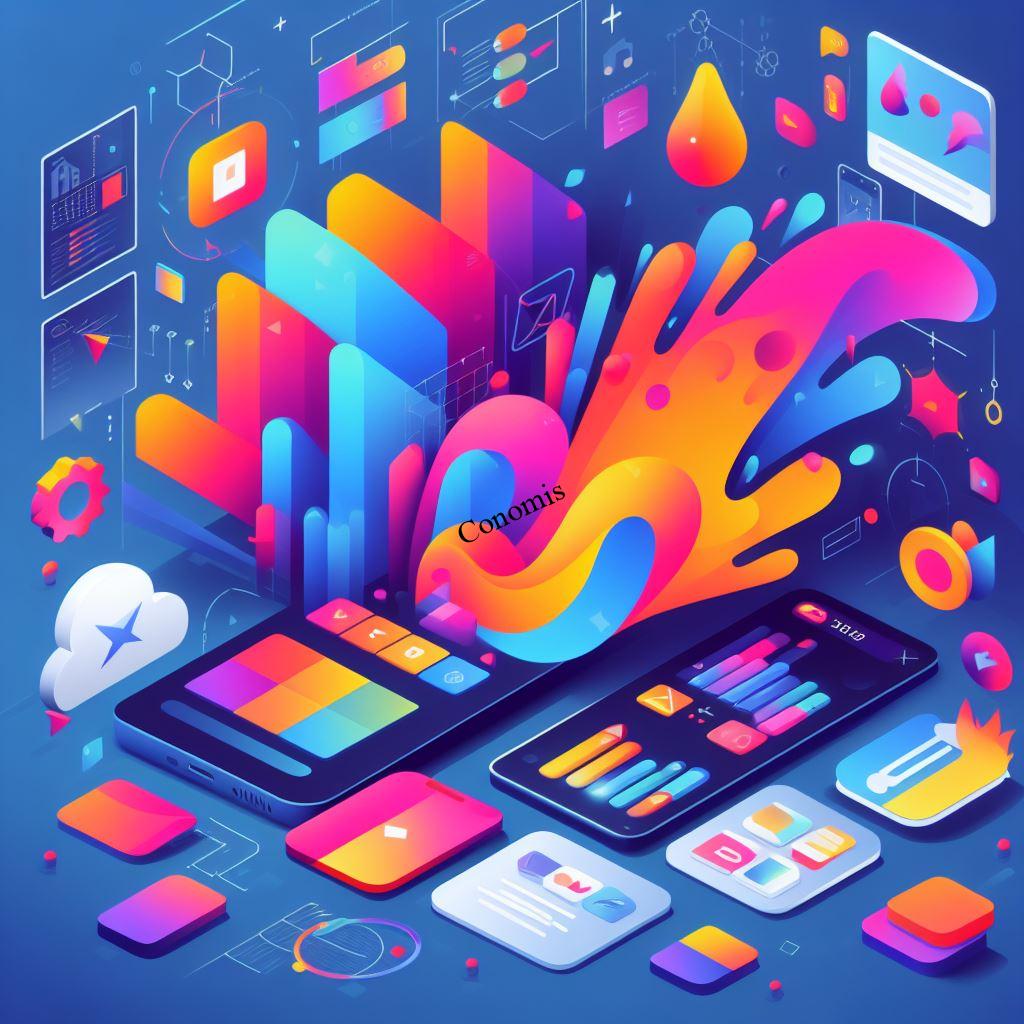
This combination of speed, accessibility, and functionality is what sets PWAs apart. They break down the barriers between web and app development, offering a versatile and user-friendly solution. For web developers, PWAs represent an exciting opportunity to create web applications that can compete head-to-head with native apps in terms of performance and user engagement.
As the web development landscape evolves, PWAs are emerging as a powerful tool to enhance user experiences, and they are poised to play a significant role in shaping the future of web development. The era of Progressive Web Apps is here, promising a brighter and more responsive future for web applications.
Offline Functionality
A standout feature of Progressive Web Apps (PWAs) that’s making waves in the world of web development is their remarkable ability to function seamlessly even when you’re offline or have a spotty internet connection. This feature is a game-changer, enhancing user experiences and making PWAs an excellent choice for businesses with a global audience.
Imagine this scenario: you’re using a PWA on your smartphone or computer, and suddenly, your internet connection becomes weak or drops altogether. In the past, this might have meant frustration and disrupted usage. But with PWAs, the show goes on. They’re designed to store and cache essential data and content, allowing users to access and interact with the application, even in offline mode.
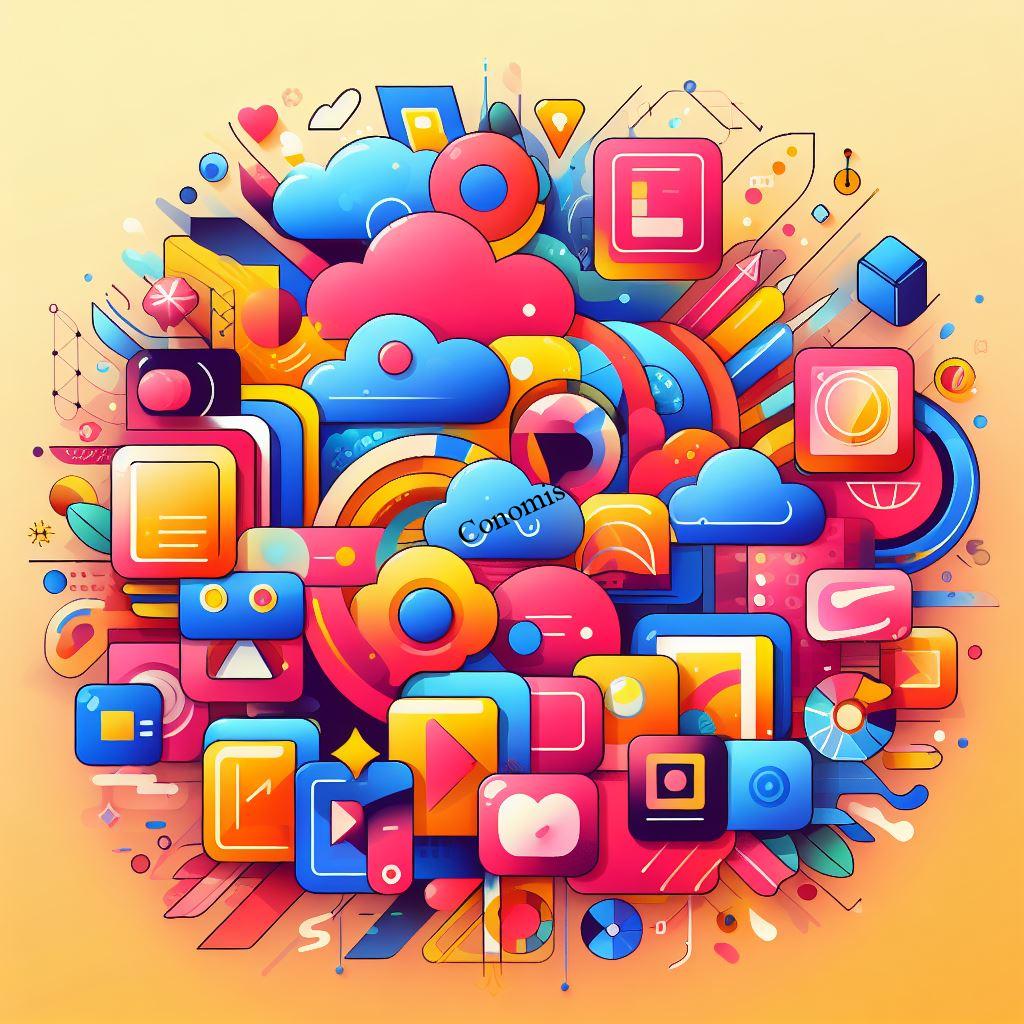
This capability is a boon for businesses and web developers aiming to reach a diverse and geographically dispersed audience. It means that whether your users are in bustling cities with robust internet connections or in remote areas with limited access, they can still engage with your content and services.
For web developers, this feature is a testament to the evolving landscape of web development, where user-centric design takes center stage. PWAs are breaking down barriers and creating more inclusive and accessible web experiences. As we journey into the future of web development, the ability of PWAs to provide uninterrupted service in varying connectivity conditions will undoubtedly continue to shape the way we interact with the web.
Voice User Interface (VUI) Integration
The integration of Voice User Interfaces (VUI) is causing ripples of excitement in the field of web development as voice-controlled devices become increasingly common. Web developers are embracing this technology, introducing VUI into their projects to revolutionize the way users interact with web applications.
Voice User Interfaces, or VUIs, bring a whole new dimension to user engagement. They allow users to effortlessly interact with web applications using voice commands, eliminating the need for manual input through keyboards or touch screens. This innovation not only simplifies the user experience but also enhances accessibility, making web applications more inclusive for those with disabilities.
Imagine speaking to your web application, asking questions, giving commands, or requesting information, and the application responds promptly and accurately. It’s like having a natural conversation with your device, making the interaction more intuitive and user-friendly.
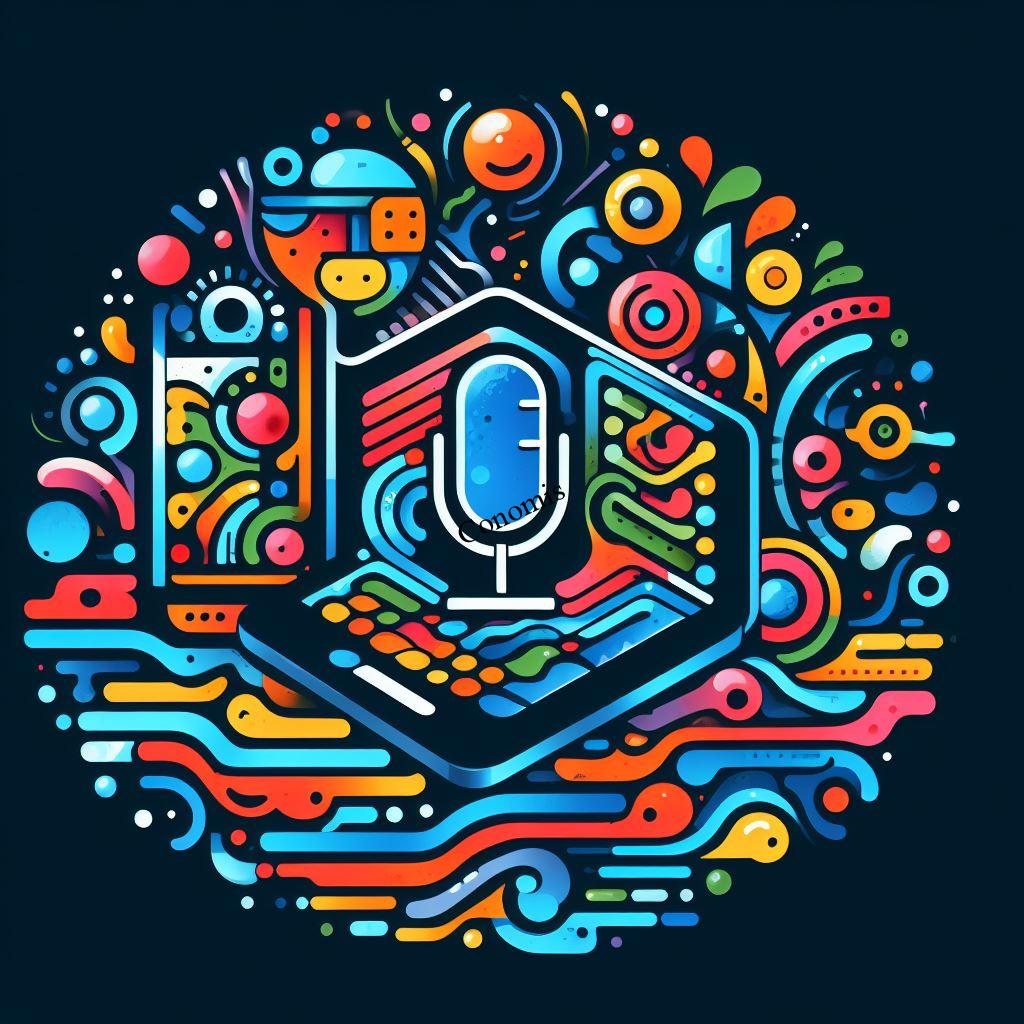
For web developers, integrating VUI is a transformative step toward creating more interactive and engaging web applications. It opens up exciting possibilities for a wide range of applications, from virtual assistants that answer queries to hands-free navigation of websites and apps.
As the proliferation of voice-controlled devices continues, VUI integration in web development is not just a trend; it’s a reflection of the evolving digital landscape. It’s about making web applications more accessible, user-centric, and responsive to the needs of a diverse audience. The future of web development is speaking, and it’s an exciting conversation to be a part of.
Conversational Bots
In the dynamic world of web development, a fascinating trend is taking center stage—conversational bots. These bots, designed and crafted by web developers, are changing the way we interact with websites and applications. They’re here to assist users with a wide range of tasks, transforming the user experience and redefining customer support.
Conversational bots are like friendly digital assistants, always at your service. They can do a lot: answering frequently asked questions, providing personalized recommendations, and even assisting with complex tasks. It’s like having a knowledgeable companion who understands your needs and responds promptly, 24/7.
The beauty of conversational bots lies in their versatility. They can be integrated into websites, messaging apps, or even standalone applications, making them accessible to users across various platforms. Whether you’re looking for information, need assistance with a purchase, or want to troubleshoot an issue, these bots are ready to help.

For web developers, creating conversational bots is a creative journey. It’s about designing intuitive user interfaces and programming intelligent algorithms that understand user queries and provide relevant responses. These bots enhance user engagement, improve customer service, and can even save businesses time and resources.
As the world of web development continues to evolve, conversational bots represent an exciting frontier. They’re not just about automation; they’re about creating meaningful and personalized interactions that enhance the user experience. The future of web development is conversational, and these bots are the digital companions that are leading the way.
Blockchain for Web Security
In today’s digital landscape, where cyber threats loom large, web security stands as a paramount concern in web development. In response to this growing challenge, blockchain technology is emerging as a powerful ally. This technology is making its way into web development to fortify security measures and safeguard the integrity of online data.
Blockchain, best known for underpinning cryptocurrencies like Bitcoin, offers a unique approach to security. It functions as a decentralized ledger, distributing data across a vast network of computers rather than centralizing it on a single server. This decentralization is a game-changer in web development, as it ensures that user data is not stored in a vulnerable, single point of attack.
Another key feature of blockchain is its transparency. Every transaction or change to the data is recorded as a block, forming an unbroken chain of information. This transparency ensures that any unauthorized access or tampering attempts are easily detected, making blockchain a potent tool against data breaches and cyberattacks.

For web developers, the integration of blockchain into web applications signifies a profound shift towards enhancing security and protecting user data. It’s about creating a safer online environment, where user trust is paramount.
As we delve deeper into the world of web development, the adoption of blockchain technology is a testament to the industry’s commitment to fortifying security measures. It’s about staying one step ahead of cyber threats and ensuring that user data remains confidential and secure. In this ever-evolving digital landscape, blockchain is the guardian that’s here to protect the integrity of web development.
Decentralized Identity Verification
Web developers are at the forefront of a pivotal shift in the digital landscape—exploring decentralized identity verification systems. In this innovative approach, users are granted unprecedented control over their personal data, marking a transformative step forward in the world of web development.
Traditionally, identity verification and data storage have relied on centralized systems, where organizations hold and manage user information. However, this has raised concerns about privacy and security. Decentralized identity verification turns this model on its head by giving users the reins. They have the power to manage their personal data securely, with reduced exposure to data breaches and privacy violations.
In this decentralized ecosystem, users can share specific pieces of their identity data with service providers or websites without revealing unnecessary information. It’s like having a digital wallet where you can store and control your credentials, sharing only what’s necessary for a particular transaction or interaction.

For web developers, this shift represents a commitment to user-centric design and data protection. It’s about creating web applications that prioritize privacy and put individuals in control of their online identity. It’s a paradigm shift that aligns with the evolving digital landscape, where data breaches are a growing concern.
As we navigate the future of web development, decentralized identity verification is more than a trend; it’s a cornerstone of a safer, more privacy-conscious online world. It’s a step towards a future where users can confidently engage with web applications, knowing that their personal data is secure and under their control.
WebAssembly for High-Performance Applications
The advent of WebAssembly, often referred to as wasm, is a game-changer in the realm of web development, especially for those seeking high-performance web applications. This innovative technology empowers developers to write code in languages like C and C++, known for their speed and efficiency, and execute them within web browsers at nearly native speed.
WebAssembly is like a rocket booster for web applications, enabling them to achieve unparalleled levels of performance. Unlike traditional web development languages, which often come with certain performance limitations, WebAssembly unleashes the full potential of high-speed languages.
Imagine the possibilities: web applications that load lightning-fast, run smoothly, and handle resource-intensive tasks seamlessly. It’s a quantum leap forward in web development, offering developers the flexibility to leverage powerful languages and libraries to create applications that were once thought to be outside the realm of the web.
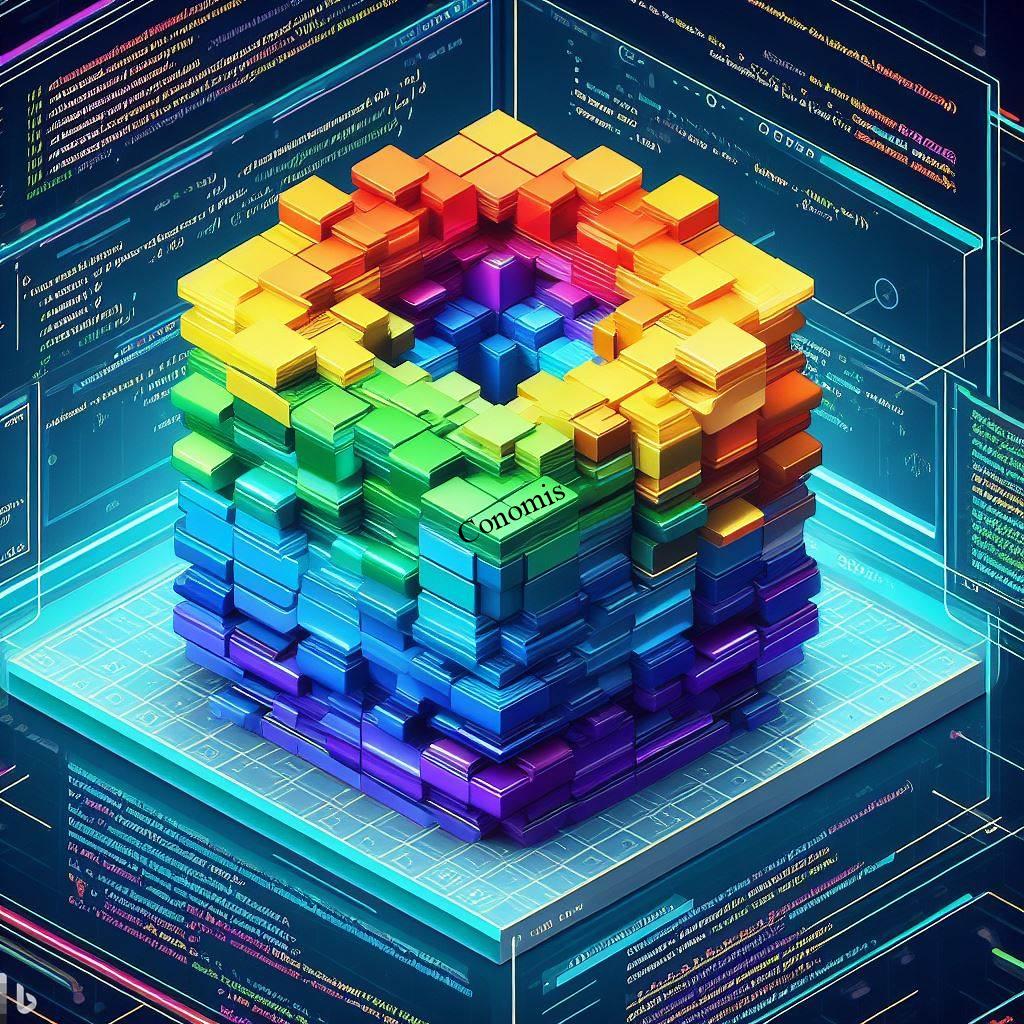
For web developers, WebAssembly represents an exciting shift in their toolkit. It’s about pushing the boundaries of what’s possible on the web, opening doors to applications that demand exceptional performance, such as games, multimedia, and complex simulations.
As we delve deeper into the future of web development, WebAssembly is a shining star on the horizon. It’s a testament to the industry’s commitment to delivering high-performance, user-centric web applications that are as fast and capable as native software. The era of WebAssembly is here, promising a brighter and speedier future for web development.
Gaming and Multimedia Applications
WebAssembly, or wasm, holds immense promise in the realm of web development, particularly for gaming and multimedia applications. It’s like unlocking a treasure trove of possibilities for browser-based entertainment, offering console-level performance and delivering immersive multimedia experiences that were once the domain of dedicated software.
For gamers, WebAssembly is a game-changer in the truest sense. It paves the way for browser-based games that rival the performance of traditional console or PC gaming. Imagine stepping into a virtual world with seamless graphics, lightning-fast responsiveness, and immersive gameplay—all from the convenience of your web browser. This is the future that WebAssembly is shaping for gamers.
But it’s not just about gaming. WebAssembly also elevates multimedia experiences to new heights. It enables the creation of web applications that can handle rich media, such as high-definition video streaming, interactive 3D graphics, and augmented reality experiences, with remarkable fluidity and quality.

Web developers, armed with WebAssembly, can now build applications that push the boundaries of what’s possible on the web. It’s about creating entertainment and media experiences that are not just accessible but exceptional. It’s a testament to the continuous evolution of web development, where innovation knows no bounds.
As we journey further into the future of web development, WebAssembly is the key that unlocks the door to a world of entertainment and multimedia possibilities. It’s a thrilling era where the web becomes a canvas for creativity and immersion, offering users an unparalleled level of engagement and enjoyment.
Conclusion
In the dynamic realm of web development, change is the only constant. It’s a world where innovation reigns supreme, driven by a shared goal—to make the web an even better place. As we forge ahead, the integration of cutting-edge technologies like AI, low-code platforms, Progressive Web Apps (PWAs), Voice User Interfaces (VUIs), blockchain, and WebAssembly stands as the compass guiding us toward the future of web development.
These technologies are not mere trends; they are transformative forces that are redefining the way we build and experience the web. They are the tools that empower us to create, innovate, and stay ahead in this ever-evolving landscape.
AI streamlines our processes and elevates our coding prowess, while low-code platforms democratize development, making it accessible to a broader audience. PWAs bridge the gap between web and app experiences, VUIs make interactions more intuitive, blockchain enhances security, and WebAssembly supercharges performance.
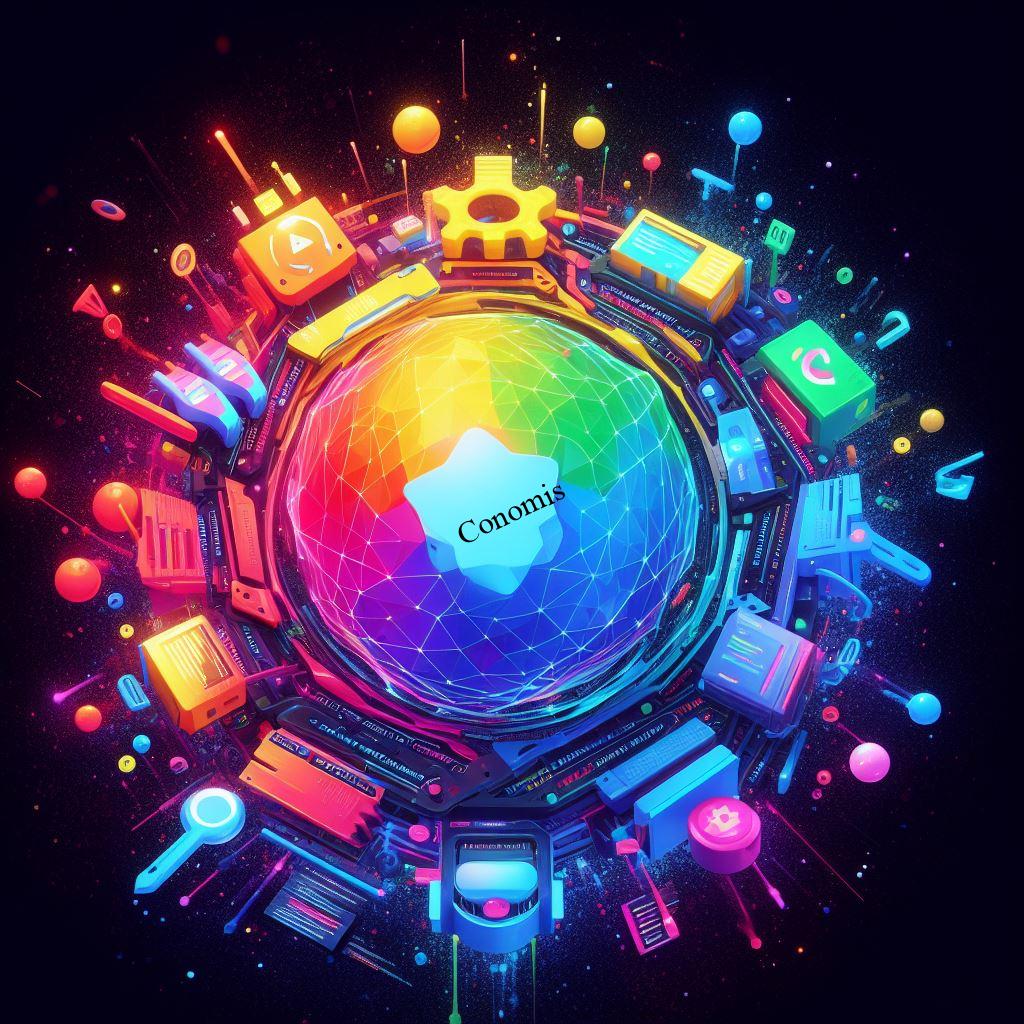
Embracing these technologies isn’t just about staying relevant; it’s about seizing the opportunities they offer. It’s about crafting web experiences that are faster, more secure, and more user-centric than ever before. It’s about ensuring that the web remains a dynamic and exciting place for both developers and users.
As we conclude this exploration of the future of web development, remember that the journey is ongoing. The horizon is ever-changing, and the possibilities are boundless. By embracing these technologies, you’re not just shaping the future of web development; you’re shaping the future of the web itself.
FAQs
Are these emerging tools suitable for all types of web development projects?
Yes, these tools can be adapted for various web development projects, from simple websites to complex web applications.
How can AI-powered development tools benefit web developers?
AI-powered tools can save time, identify bugs, and improve code quality, making the development process more efficient.
Are low-code and no-code platforms suitable for professional web development?
Yes, these platforms are increasingly being used by professional web developers to accelerate project delivery.
What are the security benefits of using blockchain in web development?
Blockchain enhances security by decentralizing data and providing transparent, tamper-proof records of transactions.
Is WebAssembly compatible with all web browsers?
WebAssembly is supported by all major web browsers, making it a versatile choice for high-performance applications.
You Can Also Read
https://www.w3schools.com/whatis/
https://www.udemy.com/topic/web-development/
https://www.udemy.com/course/the-web-developer-bootcamp/
Conomis Thoughts
![]() Copyright 2023 CONOMIS
Copyright 2023 CONOMIS

